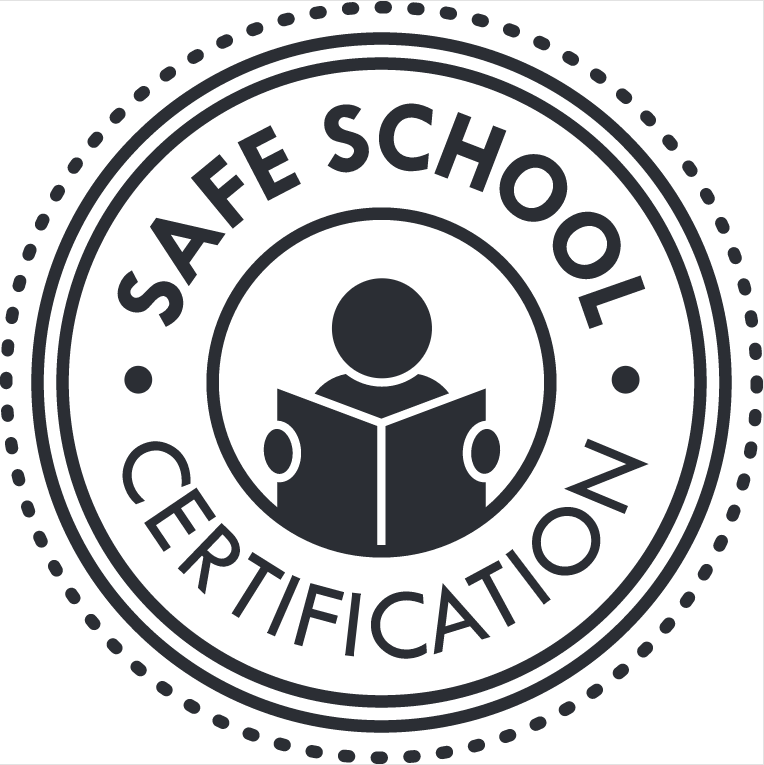All students deserve a safe and civil school environment where they are treated with dignity and respect.
Our Beginning
"Everyday I prepare myself for a school that isn't prepared for me."
These are the spoken words of a high school student describing his daily struggle. Like many students across the United States, school is less about learning and more about survival. Despite every state passing "safe school laws" and thousands of schools adopting violence and bullying prevention programs, many staff continue to wonder why change hasn't occurred. And for students, the thought of dropping out becomes an option.
“A safe school doesn't have metal detectors, they have mood detectors.”
— DC CertificatioN ADVISORY BOARD MEMBER
There are a number of reasons why change hasn't occurred:
Many of the most utilized bullying prevention programs and practices have shown little evidence of effectiveness within the United States, particularly for urban populations [1].
When such approaches are implemented without attention to key components of organizational capacity (such as teacher and student engagement and empowerment) they often cannot permeate an existing culture of aggression and bias [2].
Schools are challenged to address multiple issues--from academics to bullying and violence prevention--and often will direct attention primarily towards issues for which they will be publicly recognized or ridiculed, and do so in an uncoordinated and fragmented way [3].
With all the above in mind, we set out to provide a framework that helps schools and provides clarity. We convened a variety of nonprofit organizations, bullying and violence prevention specialists, state and federal experts on school climate, and constituency groups. For this work, we received the "Best Nonprofit Collaboration" Award and we were invited to present the certification framework at the U.S. Department of Education's first National Summit on Bullying Prevention in 2010.
Our Philosophy
The framework was designed to address two key components of creating safe schools: (1) Policy: Ensuring that schools have successfully adopted required safe school laws and (2) Practice: providing the technical assistance and support around a framework of eight elements that can create policy fidelity and sustain safe school climates: Leadership; Data and Data-Based Decision Making; Buy-In; Family and Community Engagement; Programs and Practices; Training; Student Engagement; and Policy and Enforcement.
Safe School Certification is not a prescribed curriculum or program. Instead, our framework helps identify and streamline what’s working in your school. We provide technical assistance and tools to help your school build capacity to identify evidenced based and informed trainings, practices, and programs that target areas of need identified by data. Schools that endeavor to implement best practices for sustaining safe and supportive learning environments with fidelity are recognized for their commitment.
[1] Farrington, D. P. & Ttofi, M.M. (2009). School-based programs to reduce bullying and victimization. The Campbell Collaboration
[2] Boyce, M. (2003). Organizational learning is essential to achieving and sustaining change in higher education. Innovative Higher Education, 28(2), 119-136; Glover, D., Cartwright, N. Gough, G., & Johnson, M. (1998). The introduction of anti-bullying policies: Do policies help in the management of change? School Leadership and Management, 18(1), 89-105
[3] Crosse, S. et al. (2011). Prevalence and Implementation Fidelity of Research-Based Prevention Programs in Public Schools. U.S. Department of Education



